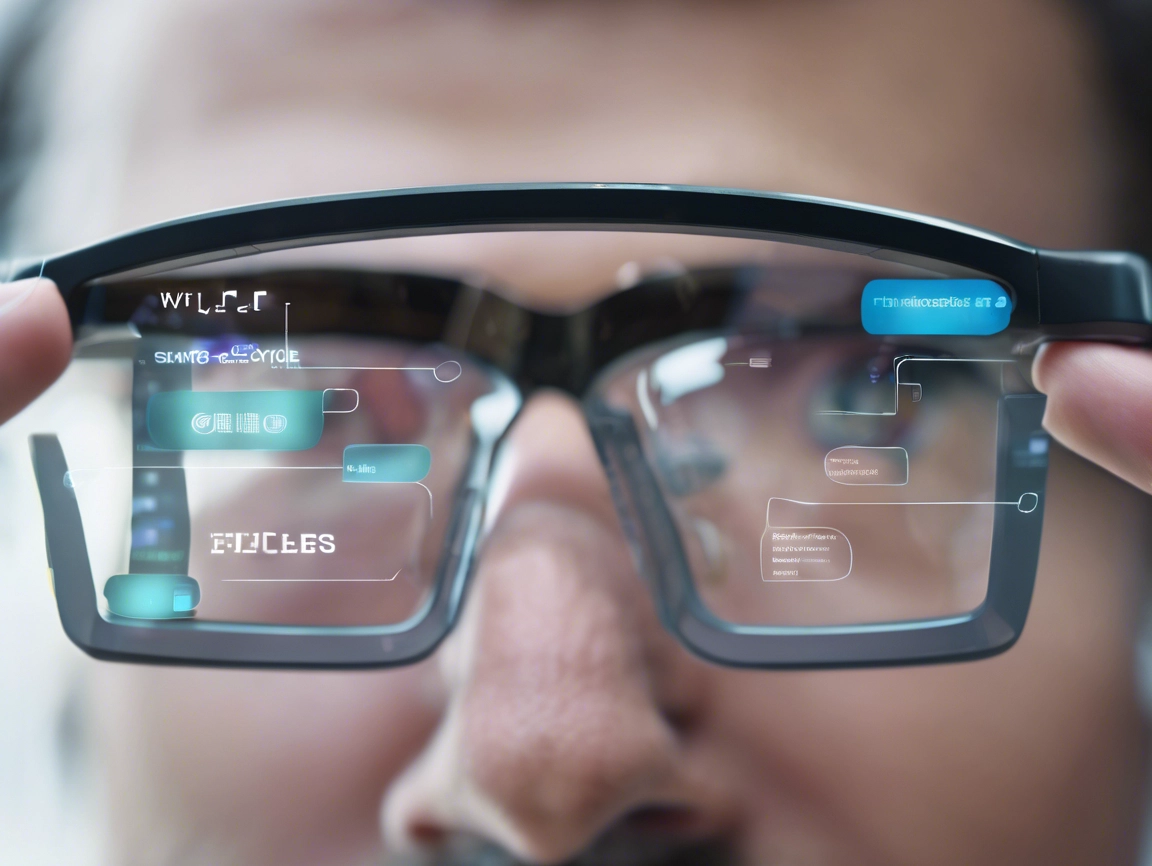The Surprising Rise of Smart Glasses in Everyday Life
Remember when smart glasses felt like a tech gimmick destined for the recycle bin? Same. But times have changed. Quietly and steadily, smart glasses have started to prove their value — not just to tech geeks or early adopters, but to regular folks navigating daily life.
Whether it’s taking calls hands-free, translating languages in real-time, or even offering vision enhancements, smart glasses are shedding their sci-fi vibe and stepping into the real world.
What Are Smart Glasses, Really?
They’re not just glasses with a camera stuck on the side. Today’s smart glasses are lightweight, stylish, and packed with features like:
- Built-in speakers and microphones
- Heads-up displays (HUD) for turn-by-turn navigation
- Real-time translation of signs or conversations
- Augmented reality overlays
- Voice assistants and gesture controls
Some models even use electrochromic lenses that adjust tint based on lighting — like transition lenses, but smarter.
How They’re Being Used (Right Now)
You might be surprised where smart glasses are already making an impact:
- Cyclists and runners using navigation and performance stats without glancing at a phone
- Tourists reading translated street signs and menus in real time
- Remote workers taking Zoom calls while cooking lunch
- Warehouse workers receiving step-by-step inventory instructions in their field of view
- People with vision impairments using AI-based object recognition to improve mobility
Unlike clunky prototypes from the past, newer designs are sleeker, lighter, and — dare we say — kind of cool.
Leading the Charge: Who’s Making Them
Several big names and startups are pushing the trend forward:
- Ray-Ban Meta – classic frame style meets hands-free social sharing
- Vuzix – smart AR glasses for field workers and technicians
- Xreal (formerly Nreal) – immersive AR overlays for gaming and media
- Envision – AI-powered smart glasses for people who are blind or have low vision
- Rokid and TCL – bringing affordable, wearable displays to global markets
These aren’t future concepts — they’re shipping, functional, and evolving rapidly.
Why They’re (Finally) Catching On
Smart glasses had a rocky start (looking at you, Google Glass), but the tech has matured — and so has the market. Here’s why adoption is growing now:
- Miniaturized hardware means better features in sleeker frames
- Improved battery life enables all-day wear
- Stronger privacy controls make people less wary of wearing them in public
- Use-case clarity — specific tasks like translation or navigation are winning users
- Design partnerships with fashion brands help ditch the cyborg look
It’s no longer about trying to replace your phone. It’s about augmenting your experience — subtly and intuitively.
Challenges Still in the Way
Of course, the road ahead isn’t all smooth. Smart glasses still face:
- Battery limits for AR-intensive features
- Privacy concerns in public spaces
- Price points that feel high for casual users
- Limited app ecosystems (for now)
- Social norms — wearing cameras on your face still raises eyebrows
Even so, as more people see the practical upside, attitudes are shifting.
Final Thoughts: Seeing the Future, Literally
Smart glasses may never fully replace smartphones, but that’s not the point. They’re carving out a lane of their own — offering subtle, context-aware support that doesn’t require you to look down at a screen. In a world where we’re trying to reconnect with real life while staying digitally capable, that’s a powerful combination.
Don’t blink — this trend isn’t just coming. It’s already here.









